Invasive Non-Native Species (INNS)
Invasive non-native species (INNS) are plants and animals introduced by humans outside of their natural geographic area which disrupt ecosystems and outcompete native wildlife.
Many invasive species damage habitats and biodiversity, whilst others create significant economic costs.
INNS are a growing threat to Yorkshire’s rivers, lakes, and streams. Discover the major invasive species affecting our waters below.
Himalayan Balsam
Annual flowering plant
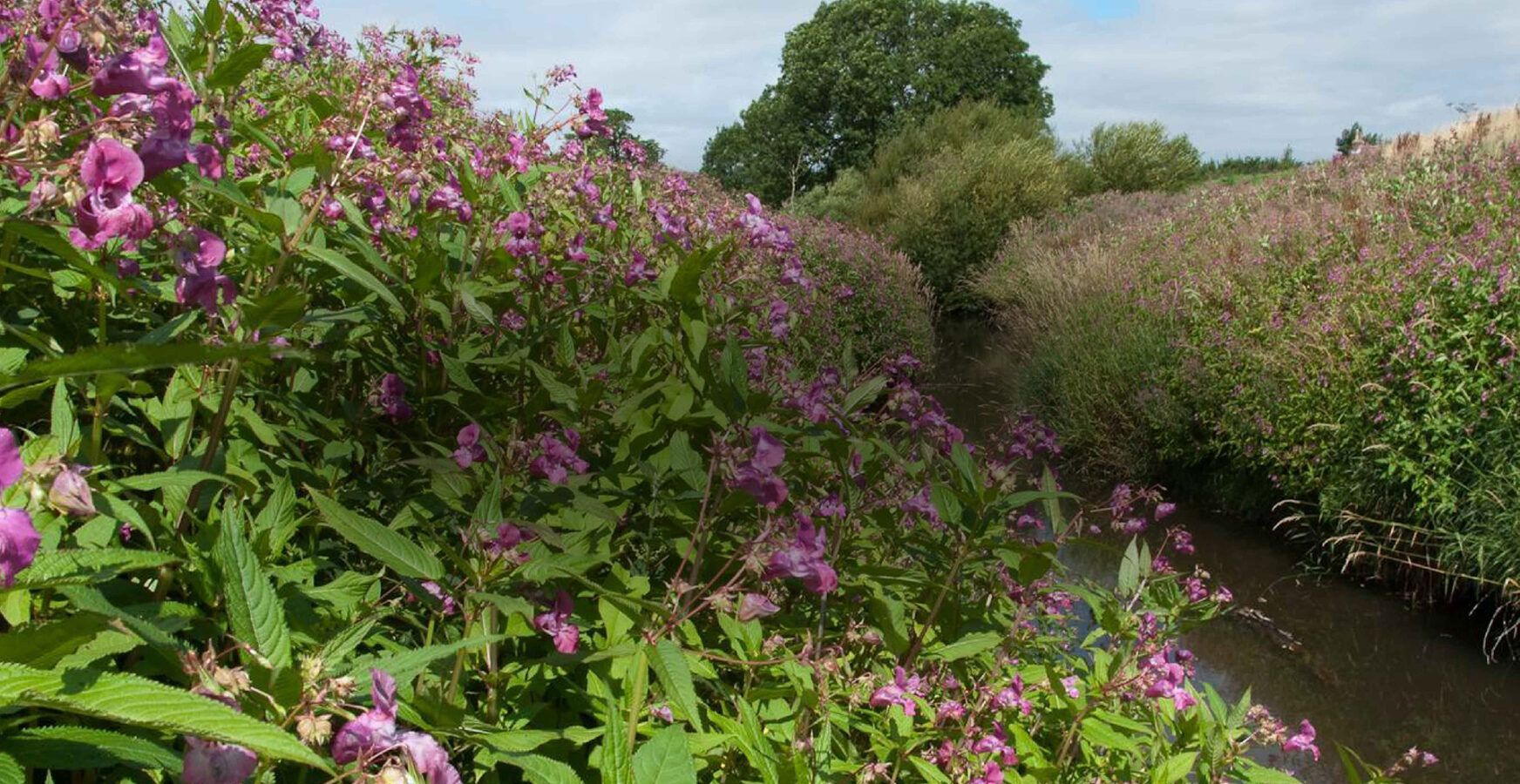
Himalayan balsam quickly establishes dense growths along riverbanks. It out-competes native vegetation leaving riparian areas with low habitat diversity. Himalayan balsam dies back in the winter leaving bare banks which are easily eroded.
Currently, pulling Himalayan balsam is the only effective way to eliminate it. Efforts need to begin at the top of the catchment because seeds spread downstream. Pulling is very time consuming and needs to be repeated for several years until all plants have gone. Scientists are currently investigating using rust, a natural pathogen of the plant, to control Himalayan balsam. Find out more here.
Japanese Knotweed
Perennial plant
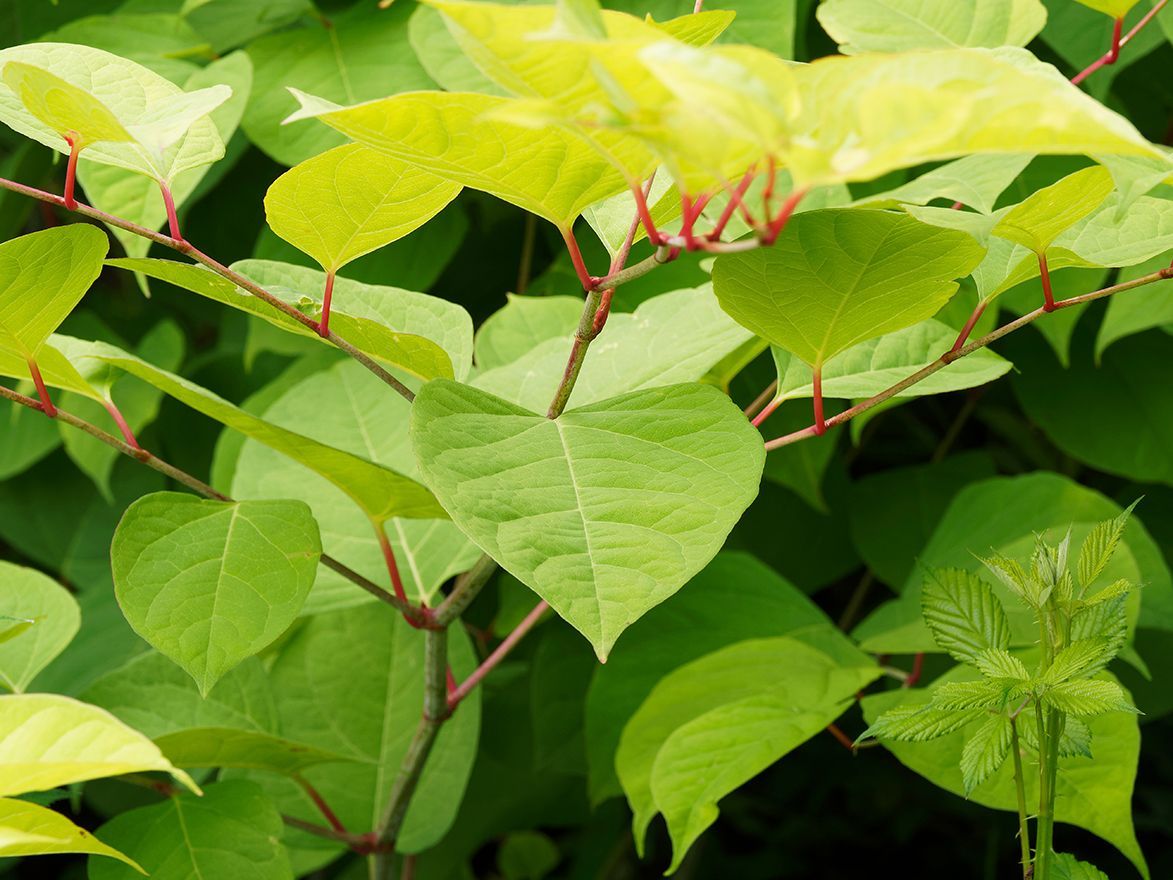
Japanese knotweed was introduced to Europe from Asia. It colonises quickly and is common on road verges and riverbanks. It outcompetes native plants and its strong root system can damage concrete foundations, buildings, flood defences and roads.
Japanese knotweed reproduces from fragments of stem and root, not from seed. It is therefore essential that fragments of Japanese knotweed are not spread between areas. It is an offence under the Wildlife and Natural Environment Act 2011 to plant or otherwise cause Japanese knotweed to grow in the wild. The most effective control method is herbicide.
Giant Hogweed
Flowering plant
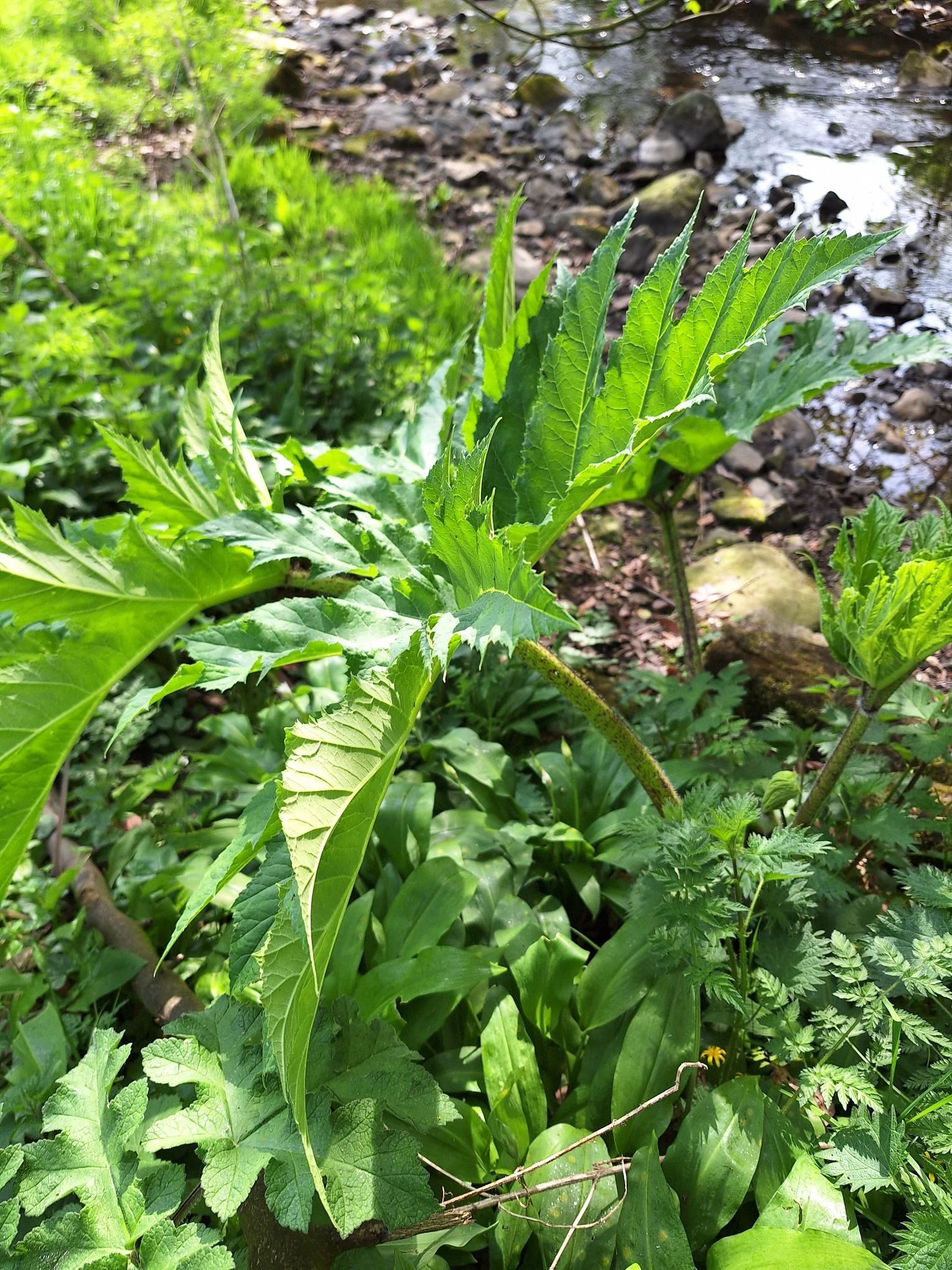
Giant Hogweed was introduced to the UK in the 19th century as an ornamental plant. It is common on riverbanks where it forms dense clusters and can displace native plants and reduce wildlife habitats. The sap of giant hogweed causes our skin to be phototoxic - so that when the skin is exposed to sunlight it blisters and causing burns that can last several years.
Skunk Cabbage
Flowering plant
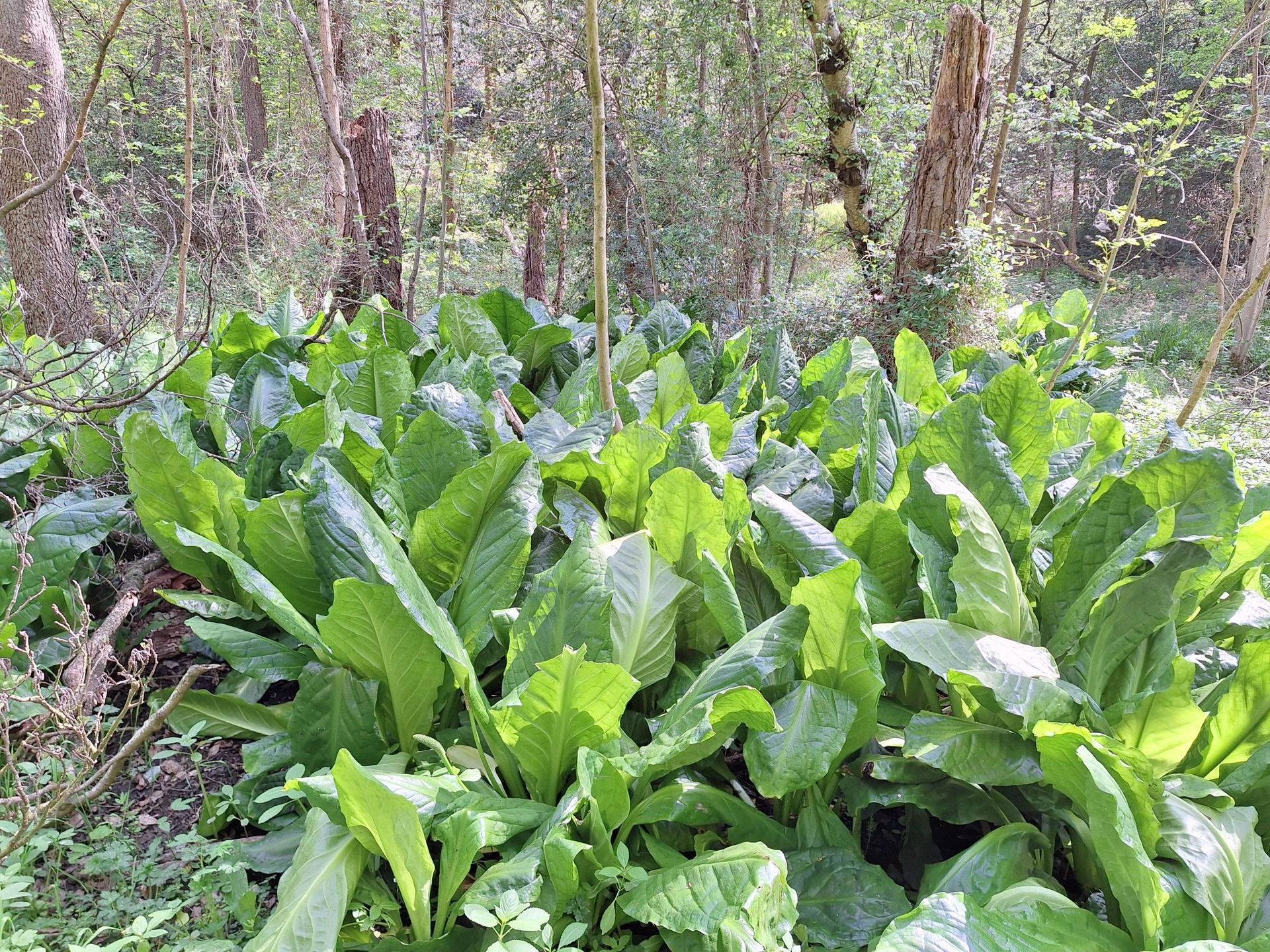
Skunk cabbage gets its name from the unpleasant odour it releases when in bloom. It is considered an invasive species, particularly in wetland environments, due to its ability to outcompete native vegetation. The plant forms thick colonies that block sunlight from reaching other plants, and its seeds are easily spread in water. Its popularity in the early 1900s as an ornamental plant has contributed to its spread into natural habitats.
Signal Crayfish
Aquatic invertebrate
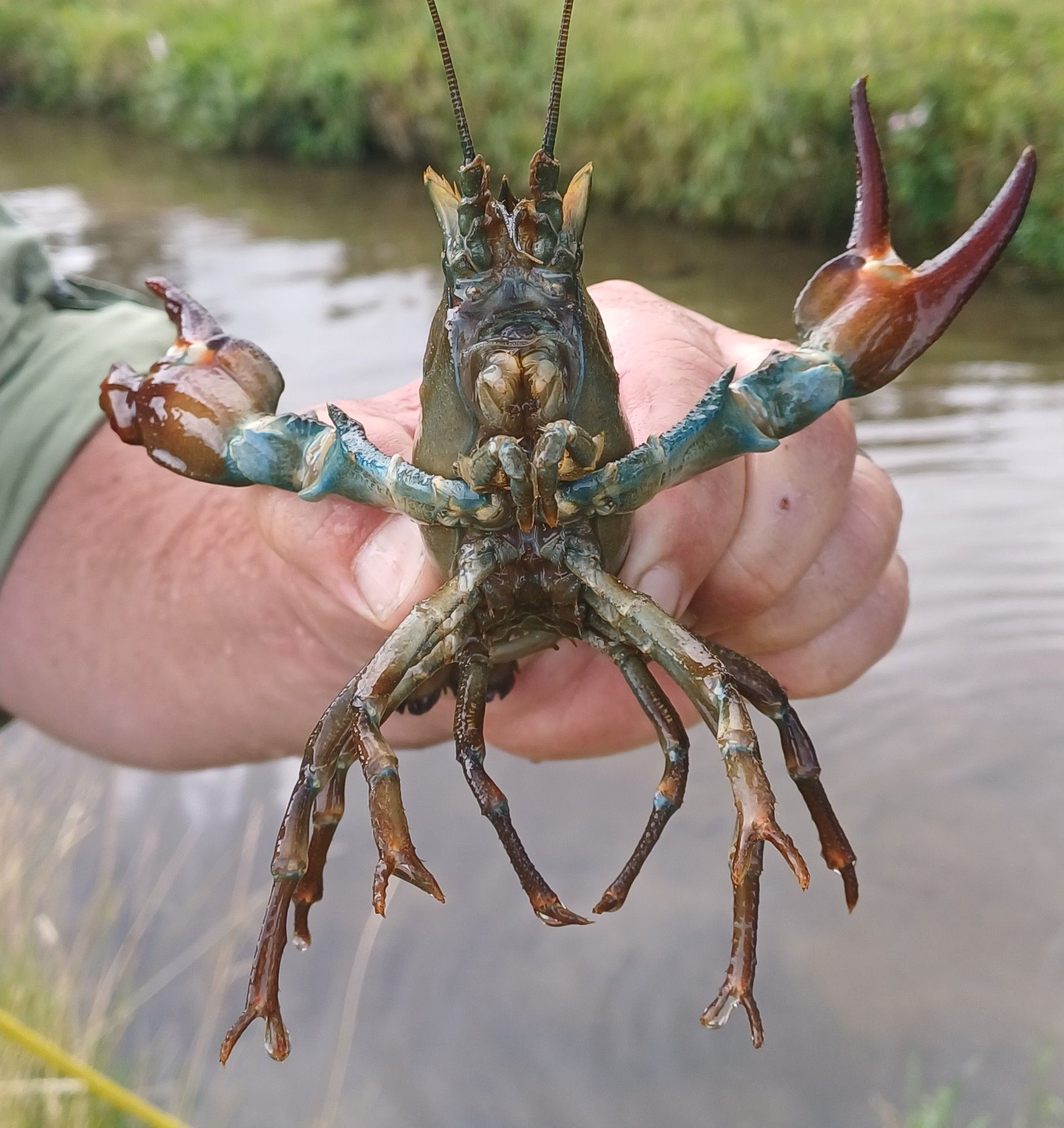
American signal crayfish were introduced to the UK to be farmed for food. They are larger and more aggressive than our native white clawed crayfish and carry a fungal plague to which the native white clawed crayfish is susceptible. The native species is therefore increasingly under threat and becoming less common as signal crayfish continue to spread. Signal crayfish are also thought to cause bank erosion and predate fish eggs. They are a particular problem in the River Ure and parts of the River Swale.
American Mink
Semi-aquatic mammal
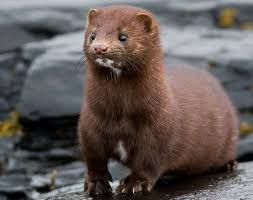
The American mink was introduced to Europe to be farmed for its fur but escaped into the wild. It is a carnivore feeding on rodents, fish, crustaceans, frogs and birds, and has been linked to the decline of European mink and water vole populations.
Mink have been spotted on the River Ouse near York.
Help to prevent the spread of INNS
Check - Clean - Dry
Check your clothes and boots before moving between rivers.
Clean your boots and equipment. Submerging them in hot water for 10 minutes is the most effective way of killing seeds, pathogens and pests.
Dry your boots and equipment for 48 hours before using them in a different river.
